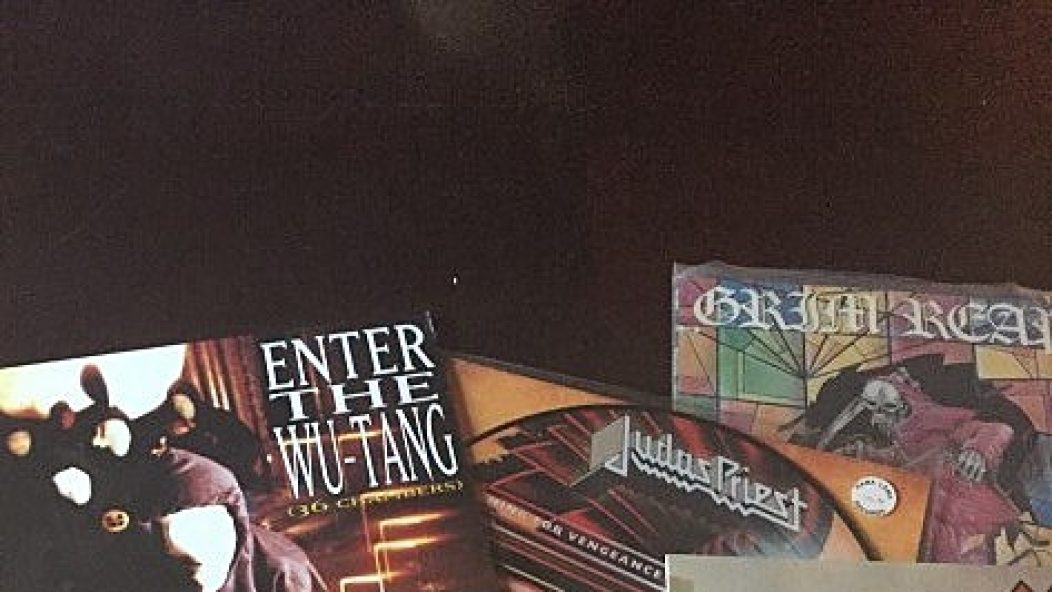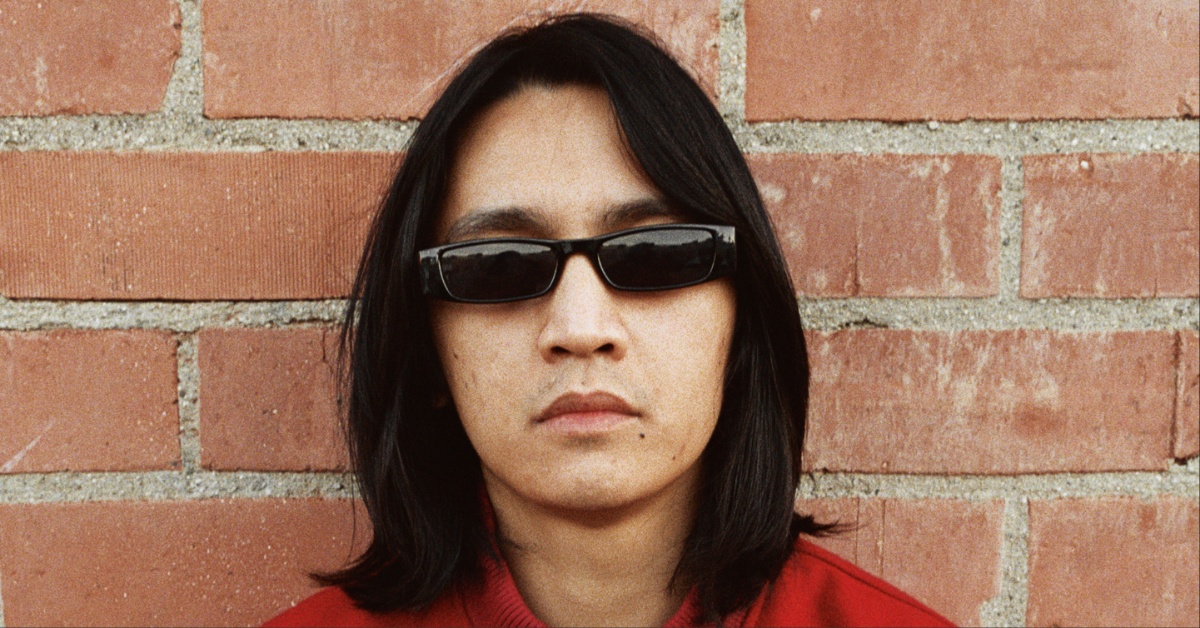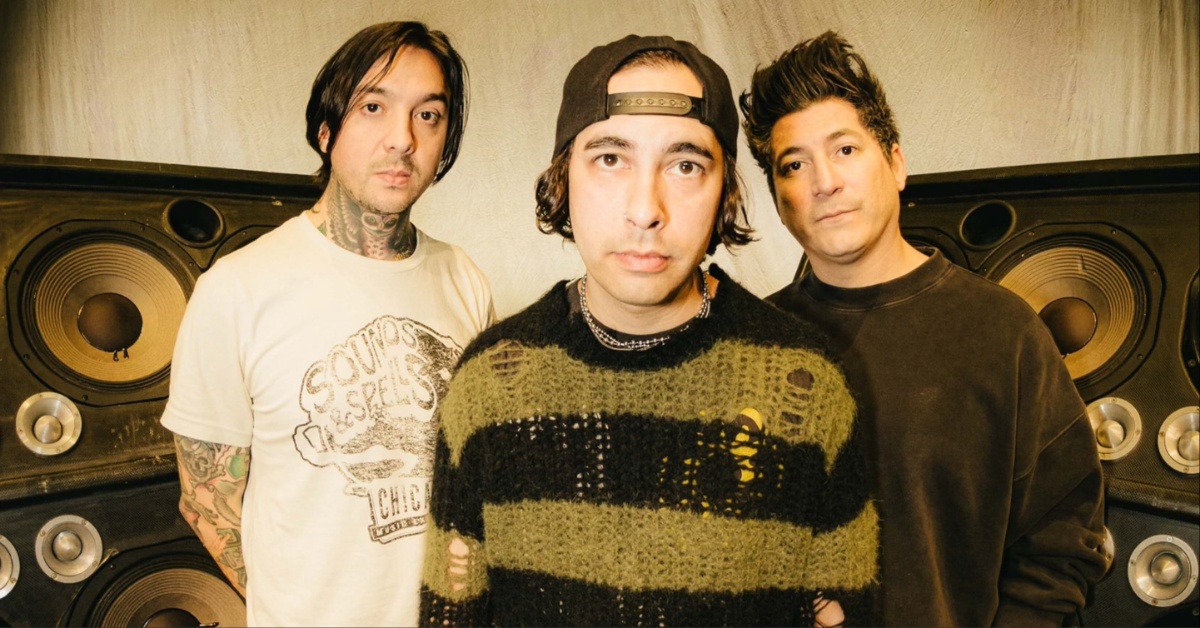
Damage Inc Meet The Bomb Squad: Why I Listen to Heavy Metal and Hip Hop
…
I’ve always had a strong inclination for “the alternative choice.” I have the capacity to enjoy things that other people don’t. I say this as a fervent admirer of two wildly different genres of music that share a common bond in their universal revulsion by those who just don’t “get it.” I’m talking about my love of metal and hip hop. At a glance, these two art forms couldn’t be further apart, and it might be hard to imagine what somebody who adheres to one camp would find appealing in the other. But this is a topic worth exploring, as there are many others like me who find themselves a fan of both styles of music.
And we’re more common than you might think.
Metal and rap have more in common than a place on somebody’s Tinder profile which usually follows the words “I listen to anything but…” They share a history of media controversy and generated similarly shocked reactions from the outside world at their mainstream media peaks. Even though metal holds the brunt of the blame for the existence of parental advisory warnings on CDs—metal artists performed 9 of the PMRC’s “Filthy Fifteen” most objectionable songs—the same media trend applied to hip hop as well. A mountain of rap albums have been either censored or pulled from shelves of major stores who wouldn’t carry music stamped with Tipper Gore’s seal of disapproval. Examples include Two Live Crew’s As Nasty as They Want to Be in 1989, Tommy Boy’s Sleeping with the Enemy in 1992, and the delayed release of Ice-T’s Home Invasion album that same year. On some level, this reaction makes sense: Both genres are hard to understand and then so easily misunderstood. Once a listener begins to process meaning from the words inside a metal growl or a rap flow, one is often met with things that are difficult to talk about. Things like violence. Suffering. Horror. And the struggle against authority.
Metal and hip hop often have similar messages at their heart. They share an affinity for violent subject matter, to be sure, but rarely does either side show violence in a positive light. Metal in particular takes to horrific representations of violence, with entire careers devoted to all the different ways they can describe something dying. Suffering and the struggle to survive is another common thematic element among the blast beats and the bleak streets. It’s one of the few things which inspire either genre to get emotional, and gives a perceptible gravitas to fan favorite songs such as Meshuggah’s “Bleed” and “Hell Yeah” by Dead Prez. Metal and rap are lyrical worlds in which one is constantly pitted against forces greater than oneself.
…
…
…
They share a resentment for conventional authority, which they express in different ways. While metal prefers more dramatic or theatrical representations of cathartic release from an overall fear of fantasized authority, rap paints more realistic visions of coping with a real and present authority. One could compare them to action movies: metal is Conan the Barbarian to rap’s Commando. Both use scenes of violence to express a similar message about the individual fighting against adversity. There’s something to be said for their comments on masculinity, as well.
Although the two genres sound incredibly different to the listener, they use similar means of musical expression. Both are rhythm-centric styles; they place greater emphasis on rhythmic variation than melodic variation; both genres place a premium on songs with a good groove that inspires motion. It’s not uncommon for there to be no hook in a song of either type, and artists who can write without hooks are frequently praised by their peers. All this is typically delivered in a package of overblown hypermasculinity, but the stylistic similarities don’t end here.
Put on a metal or rap record, and the first thing you’re likely to hear is a declaration which sets the tone for the rest of the record. One of the hallmarks of these genres is to be upfront about what kind of art they are and what to expect right from the intro track, and neither is afraid to scare off outsiders. Within the first five seconds of the opening track, you know exactly what Cannibal Corpse’s Kill is all about. Run the Jewels 2 begins with Killer Mike announcing with pointed certainty what direction the proceeding musical experience is headed. With the rhythm section carrying the music, there are occasional arms races to be the heaviest of the low with recent evolutions in bass manifested in the influence of trap styles in rap and the proliferation of 7 and 8-string guitars in metal. These genres also frequently intend for an album to be listened to in its entirely, a rarity in today’s media environment and its preference for playlists. This intent manifests itself in the flow of momentum given to the track order of the records and the use of interludes between movements to help maintain that momentum.
…
…
…
Albums like these, when done well, cathartically reflect an honest emotion that resonates in anyone who has ever suffered or struggled to survive. Like any manifestation of great art appreciated by too few in its own time, they appeal (sometimes deliberately) through their exclusivity. Metal and hip hop reject those who don’t understand and give those who do a space to turn up and throw down.
There is something perennial about the appeal of controversial or shocking things. Like a trainwreck, one cannot help but watch it run its course. Perhaps this hints at a commonality in the draw of metal and rap on their respective and overlapping fanbase. There is a persistent market for a message that denounces the authoritative and deems them worthy not of your respect and vigilant compliance-as your probably-less-than-ideal “real life” demands-but rather of contempt and defiance. Refuse! cries the metal philosopher in his rally against absurdity. Resist! chants the rap preacher in his plight against his oppressors. From both voices can be heard a challenge issued to this, the “best of all possible” worlds. An affirmation of the individual against the crushing forces ushering us toward conformity.
…
…
…
Whether they consciously recognize these common factors or not, there are many besides myself for whom both metal and rap hold great appeal. In the earlier days of both genres, Aerosmith and Run DMC showed that a merger of hard rock and hip hop was not as crazy as it seems. Two years later, Anthrax jumped on a Public Enemy track and told everyone that there was room for heavier sounds in this new musical congress. Meanwhile, the Beastie Boys outsourced backing riffs from Slayer’s Kerry King for one of their most popular singles (to their apparent mutual chagrin).
The later attempts at rap-metal fusion at the turn of the century, although lacking in good music, might not have been so empty of good ideas or good intentions. And even though many people from each section of this musical Venn diagram would rather pretend it never happened, there still exists the opportunity for rap and metal to coexist in our listening experience. Some would argue there is more than opportunity here, there is real demand for it. Remember: Mobb Deep performed at America’s metal mecca, Maryland Deathfest. Although rap has been slower to borrow from the metal community, there is precedent for it from Ice-T’s notorious Body Count project to Jedi Mind Tricks’ MC Vinnie Paz wearing a Number of the Beast hoodie in the video for “Heavy Metal Kings.”
…
…
…
I suppose the point in all of this is to showcase that these two worlds are as much alike as they are different, and to encourage others not to turn up their nose (or ears) at something without giving some consideration and a fair chance.
…











